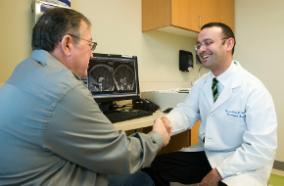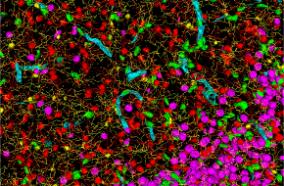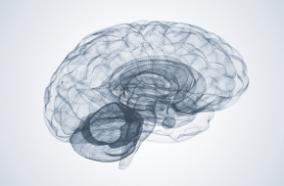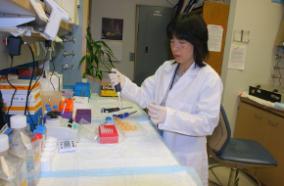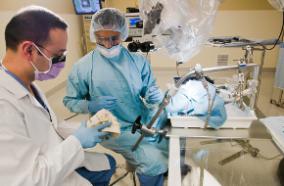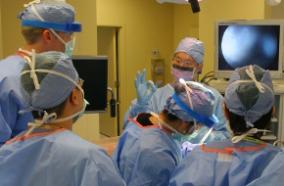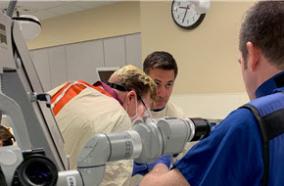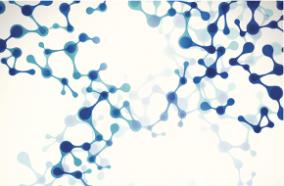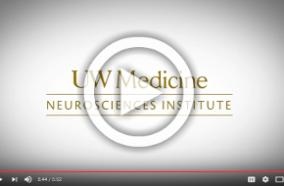Loss of host-derived osteopontin creates a glioblastoma-promoting microenvironment.
Loss of host-derived osteopontin creates a glioblastoma-promoting microenvironment.
Neuro Oncol. 2018 02 19;20(3):355-366
Authors: Szulzewsky F, Schwendinger N, Güneykaya D, Cimino PJ, Hambardzumyan D, Synowitz M, Holland EC, Kettenmann H
Abstract
Background: Microglia and periphery-derived monocytes infiltrate human and mouse glioblastoma and their density is positively correlated with malignancy. Using microarray and RNA sequencing, we have previously shown that glioblastoma-associated microglia/monocytes (GAMs) express osteopontin/SPP1.
Methods: We used quantitative reverse transcriptase PCR, immunofluorescence stainings, western blot, and flow cytometry to identify the various sources of osteopontin (OPN) expression in human and mouse glioblastoma. We implanted wild type GL261 glioblastoma cells, which do not express significant levels of OPN, into wild type and OPN-/- mice to investigate the role of microenvironment-derived OPN on glioblastoma progression.
Results: Our data indicate that GAMs are the predominant source of OPN in both human and mouse glioblastoma and express only the secreted form of OPN. Loss of microenvironment-derived OPN enhanced tumor progression. Staining by Ki67 and terminal deoxynucleotidyl transferase deoxyuridine triphosphate nick end labeling showed no difference in overall cell proliferation but a decreased apoptosis rate in tumors in OPN-/- mice. CD31 staining showed a significantly decreased number of microvessels in tumors in OPN-/- mice, accompanied by reduced coverage of vessels with platelet derived growth factor receptor β+ pericytes. Flow cytometry analysis revealed a significant increase of CD11b+/CD45low microglia but not of CD11b+/CD45high macrophages/monocytes in tumors in OPN-/- mice. Sorted CD11b+ cells from wild type and OPN-/- naïve brains and tumors did not show a significant difference in the expression pattern of activation marker genes.
Conclusion: Our results show that in tested human and mouse glioblastoma samples, OPN is predominantly expressed and secreted by GAMs and that, in contrast to OPN expression in the tumor cells per se, loss of stroma-derived OPN creates a glioblastoma-promoting microenvironment.
PMID: 29016864 [PubMed - indexed for MEDLINE]

